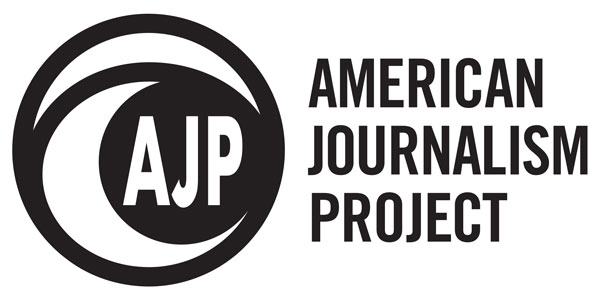
March 20, 2019; Poynter
Poynter has reported that the American Journalism Project (AJP) recently reached a milestone of raising $42 million in only six months, which the organization will dole out to local nonprofit digital news sites as soon as this summer. John Thornton, the venture capitalist behind the Texas Tribune, and Elizabeth Green of Chalkbeat launched the effort specifically to help local news sites create viable business plans.
This project is meant in part to replicate the niche that Thornton and the Texas Tribune have carved out in nonprofit news—with the benefit of lessons learned. From its beginning, Thornton, as the organization’s source of venture capital, expected the model the Tribune built to at least sustain itself. It played to the engaged and interested community already centered on the hyper-political culture around Texas state politics. Over time, it built a convening function that became a core piece of the organization’s financial and audience-building strategy. But what’s perhaps most notable about the Texas Tribune’s development is that it had significant capital from the start and a donor who insisted on a business strategy that could demonstrate sustainability while maintaining intense dedication to mission.
Thornton is clear that this will take iteration. As he puts it, “Battle plans do not survive the first shot.” It will also take a deep respect for variety, because the “fit” will differ from locality to locality, depending on the rest of the news landscape and numerous other factors.
Sign up for our free newsletters
Subscribe to NPQ's newsletters to have our top stories delivered directly to your inbox.
By signing up, you agree to our privacy policy and terms of use, and to receive messages from NPQ and our partners.
Support for the approximately 25 CNOs (civic news organizations) selected this year will have a two- to three-year horizon. These CNOs will be expected to have a certain amount of growth over a five-year time period. Funding will also come with the expectation that these CNOs/digital sites will ultimately become economically sustainable.
AJP claims that there will be initial financial investment, but this will come with “intensive support,” featuring a “data-driven culture” that values commercial and nonprofit experience and brings best practices to these developing CNOs. The ultimate goal is “movement building” based on the long-term $1 billion goal and “sophisticated commercial media strategy and tactics supported by a step-function increase in journalism philanthropy.” But that is a lot to assume, since AJP has just started these efforts, and it will be imperative to see what paths funded CNOs take on the way to becoming economically independent.
The potential for this type of economic viability would need to be part of selection criteria if growth is an expectation of funded CNOs/digital sites. This plays in to one type of the “ideal” candidates that Thornton lists, digital sites that have already been publishing high quality work and employ at least one person focused on business. Other criteria include the sites being “driven by public purpose” and possessing “journalistic credibility.” They must prioritize a “serious reporting agenda,” and we know how expensive that is.
It will be interesting to see the profiles of CNOs selected later this year for support by AJP, but even more interesting to watch what courses of action the grantees take. We hope this project continues the documentation of the variation in business-model experimentation this field has been blessed with to date through the work of the Knight Foundation.—Kristen Munnelly













